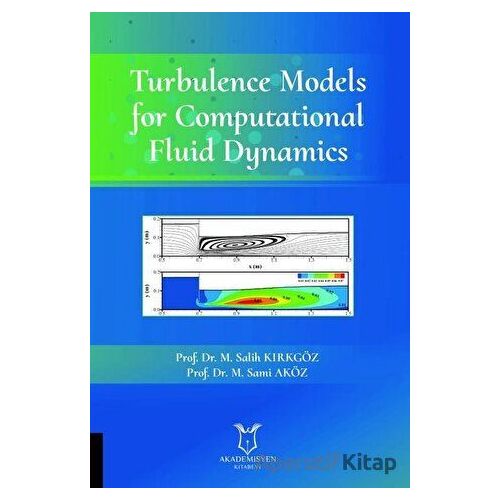Hiç mesaj bulunmadı
| Taksit | Tutar | Toplam |
|---|---|---|
| Tek Çekim | 600.00 TL | 600.00 TL |
| 2 Taksit | 300.00 TL | 600.00 TL |
| 3 Taksit | 200.00 TL | 600.00 TL |
| 4 Taksit | 160.50 TL | 642.00 TL |
| 5 Taksit | 129.60 TL | 648.00 TL |
| 6 Taksit | 109.00 TL | 654.00 TL |
| Taksit | Tutar | Toplam |
|---|---|---|
| Tek Çekim | 600.00 TL | 600.00 TL |
| 2 Taksit | 300.00 TL | 600.00 TL |
| Taksit | Tutar | Toplam |
|---|---|---|
| Tek Çekim | 600.00 TL | 600.00 TL |
| 2 Taksit | 300.00 TL | 600.00 TL |
| 3 Taksit | 200.00 TL | 600.00 TL |
| Taksit | Tutar | Toplam |
|---|---|---|
| Tek Çekim | 600.00 TL | 600.00 TL |
| 2 Taksit | 300.00 TL | 600.00 TL |
| 3 Taksit | 200.00 TL | 600.00 TL |
| Taksit | Tutar | Toplam |
|---|---|---|
| Tek Çekim | 600.00 TL | 600.00 TL |
| 2 Taksit | 300.00 TL | 600.00 TL |
| 3 Taksit | 200.00 TL | 600.00 TL |
| 4 Taksit | 159.00 TL | 636.00 TL |
| 5 Taksit | 128.40 TL | 642.00 TL |
| 6 Taksit | 108.00 TL | 648.00 TL |
| Ödeme Türü | Toplam Tutar |
|---|---|
| Diğer Kredi Kartları | 600.00 TL |
| Havale / Eft | 600.00 TL |
| Posta Çeki | 600.00 TL |
| Kapıda Ödeme | 610.00 TL |
Kapıda ödemeli siparişlerde +10,00TL kapıda ödeme hizmet bedeli ilave edilir. |
|
- Vade farksız taksitler KOYU renkte gösterilmektedir.
- X+X şeklinde belritilen taksitler (Örneğin: 2+3) 2 taksit olarak işleme alınmakta ancak ilgili bankanın kampanyası dahilinde 2 taksit üzerinden işlem yapıldığı halde 2+3 yani 5 taksit olarak kartınıza ve ödemenize yansımaktadır. (2 taksit seçilmiş olsa bile banka kampanyası dahilinde ekstradan vade farkı eklenmeden işlem 5 taksite bölünmektedir.)
Turbulent fluid flow is a very complicated natural phenomenon from the viewpoint of both understanding and analysis. Therefore, in turbulent motion studies, besides the theoretical analysis, statistical and empirical correlation methods must also be resorted to. The most fluid flows encountered in industry, especially in aeronautics, and civil, environmental, mechanical, and chemical engineering are turbulent and many phenomena, such as heat or mass transfer, are intimately linked to the fluid motion. In spite of the variety of experimental works on the structure of turbulent flows have so far been conducted, the fundamental mechanisms in turbulence phenomenon still remain incompletely clarified and many problems remain open.
Fluid mechanics is surrounded by the difficulty that man’s ability to write the governing equations of motion far outruns his ability to solve them. This difficulty is a great handicap, in the analysis of turbulent flows. The governing equations, can be considered to be exact and to apply even to the smallest eddies of turbulence. But, because turbulent flow is always three-dimensional, even in one-dimensional flow, the governing equations are three-dimensional, unsteady, nonlinear partial differential equations.
Turbulence is a natural phenomenon and the investigation of it relies on traditional basic concepts. There are two ways to study the fluid turbulence: exact science method and model method. The method of exact science is based on fundamental laws and principles of physics by applying mathematics and supported by experimental work. On the other hand, the modeling approach is heavily based on empiricism.



